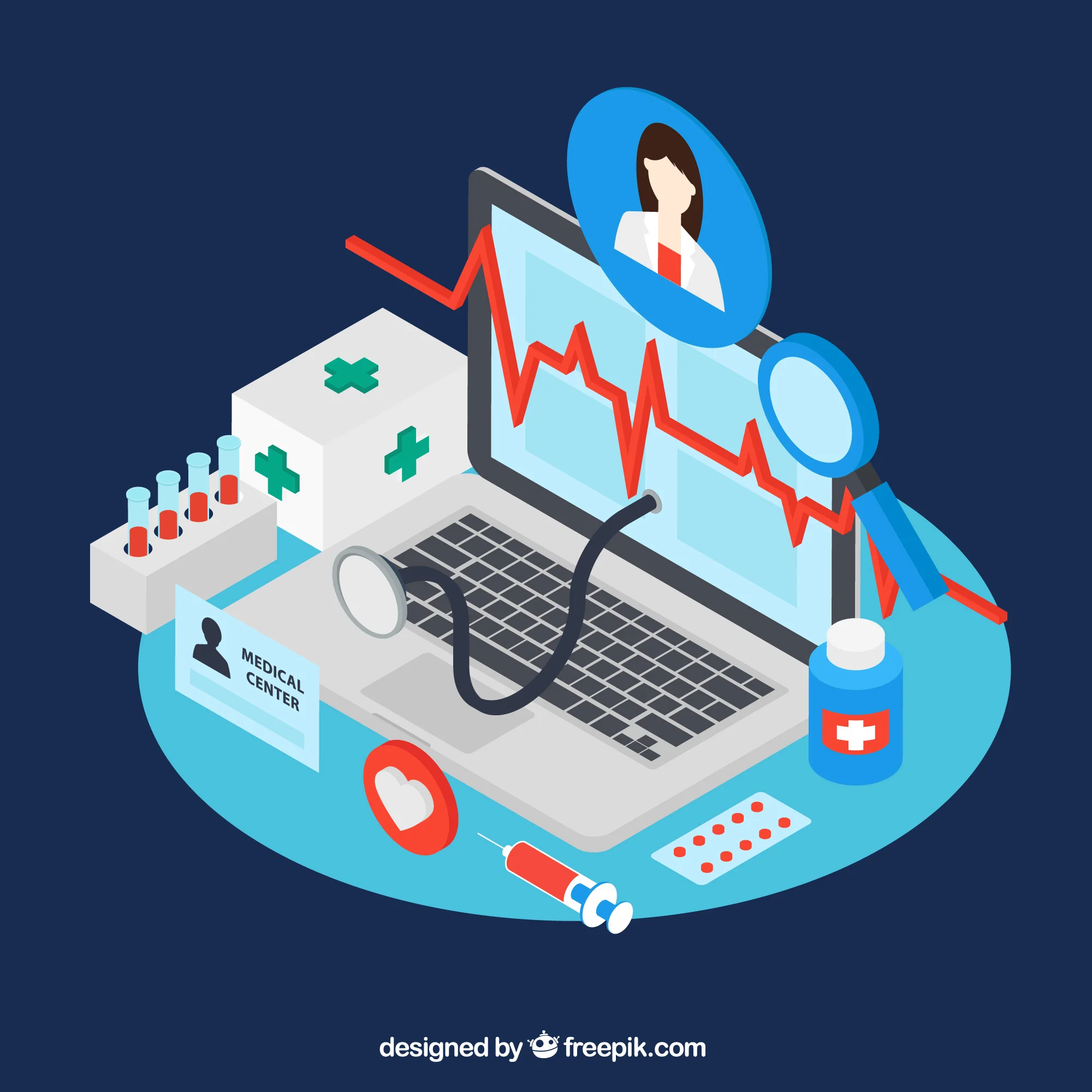Wearable technology has seen exponential growth in recent years, emerging as a powerful tool in health monitoring and management. From fitness trackers to smartwatches, these devices offer real-time insights into various aspects of health, enabling users to make informed decisions and potentially improving patient outcomes. In this article, we’ll explore how wearable technology is transforming health monitoring and its impact on patient care.
The Rise of Wearable Technology in Healthcare
Understanding Wearable Technology
Wearable technology refers to devices that can be worn on the body to collect data and provide real-time feedback. These devices often include sensors that monitor physiological parameters such as heart rate, blood pressure, and activity levels. The data collected is then transmitted to a connected device, such as a smartphone or computer, where it can be analyzed and interpreted.
Types of Wearable Devices
Wearable technology in healthcare encompasses a range of devices, each serving different purposes:
- Fitness Trackers: These devices monitor physical activity, sleep patterns, and sometimes heart rate. Popular examples include Fitbit and Garmin.
- Smartwatches: Smartwatches offer more advanced features, such as ECG (electrocardiogram) monitoring, blood oxygen levels, and integration with health apps. Examples include the Apple Watch and Samsung Galaxy Watch.
- Health Monitors: Specialized devices like continuous glucose monitors (CGMs) for diabetes management or wearable blood pressure monitors offer targeted health insights.
Benefits of Wearable Technology in Health Monitoring
Real-Time Health Data
One of the most significant advantages of wearable technology is its ability to provide real-time health data. Continuous monitoring allows for the early detection of potential health issues. For example, a smartwatch with heart rate monitoring can alert users to irregularities, prompting them to seek medical attention before a more serious condition develops.
Enhanced Chronic Disease Management
Wearable devices play a crucial role in managing chronic conditions. For patients with diabetes, continuous glucose monitors provide ongoing feedback on blood sugar levels, enabling better management of insulin and diet. Similarly, wearables that monitor blood pressure can help hypertensive patients track their condition and adjust medication as needed.
Improved Physical Activity and Fitness
Fitness trackers and smartwatches encourage a more active lifestyle by providing users with insights into their physical activity levels. These devices can track steps, distance, calories burned, and more, helping users set and achieve fitness goals. Regular use of these devices can lead to improved physical health and reduced risk of conditions such as obesity and cardiovascular disease.
Wearable Technology and Patient Outcomes
Early Detection and Prevention
Wearable technology has the potential to significantly improve patient outcomes by enabling early detection and prevention of health issues. For instance, devices that monitor heart rate and rhythm can identify signs of atrial fibrillation or other cardiac conditions, allowing for timely intervention and reducing the risk of stroke.
Personalized Health Insights
Wearable devices provide personalized health insights based on individual data. By analyzing trends and patterns in a person’s health metrics, healthcare providers can tailor treatment plans and interventions. This personalization leads to more effective management of health conditions and improved overall patient care.
Data-Driven Decisions
Wearable technology generates a wealth of data that can be used to make informed health decisions. Healthcare providers can access this data to better understand a patient’s health status and progress. For example, data from a fitness tracker can help assess the effectiveness of a weight loss program or rehabilitation efforts.
Challenges and Considerations
Data Privacy and Security
With the increasing use of wearable technology, data privacy and security are paramount concerns. Personal health data is sensitive, and there is a need for robust security measures to protect it from unauthorized access. Wearable device manufacturers must prioritize data encryption and secure storage practices.
Accuracy and Reliability
The accuracy and reliability of wearable devices can vary. While many devices provide valuable health insights, they are not always as precise as medical-grade equipment. Users and healthcare providers should be aware of the limitations and use wearable technology as a complementary tool rather than a replacement for traditional medical devices.
Integration with Healthcare Systems
For wearable technology to be most effective, it needs to be integrated with existing healthcare systems. This integration allows for seamless data sharing between wearable devices and electronic health records (EHRs). Improved interoperability can enhance care coordination and ensure that healthcare providers have access to comprehensive patient data.
The Future of Wearable Technology in Healthcare
Advancements on the Horizon
The future of wearable technology in healthcare is promising, with ongoing advancements in sensor technology, data analytics, and machine learning. Future wearables may offer even more precise health monitoring, predictive analytics, and real-time feedback. Innovations such as smart textiles and implantable sensors could further expand the capabilities of wearable technology.
Expanding Accessibility
As wearable technology becomes more affordable and accessible, its adoption is expected to increase. Wider access to these devices can democratize health monitoring, enabling more individuals to benefit from real-time health insights and proactive management of their health.
Conclusion
Wearable technology is transforming the landscape of health monitoring and patient care. By providing real-time data, enhancing chronic disease management, and supporting personalized health insights, these devices hold the potential to significantly improve patient outcomes. However, challenges such as data privacy, accuracy, and integration with healthcare systems must be addressed to fully realize their benefits. As technology continues to advance, wearable devices are likely to play an increasingly vital role in promoting health and well-being.
Incorporating wearable technology into everyday health management can empower individuals to take control of their health and work with healthcare providers to achieve better outcomes. The future of wearable technology in healthcare is bright, with the potential to revolutionize the way we monitor and manage our health.



